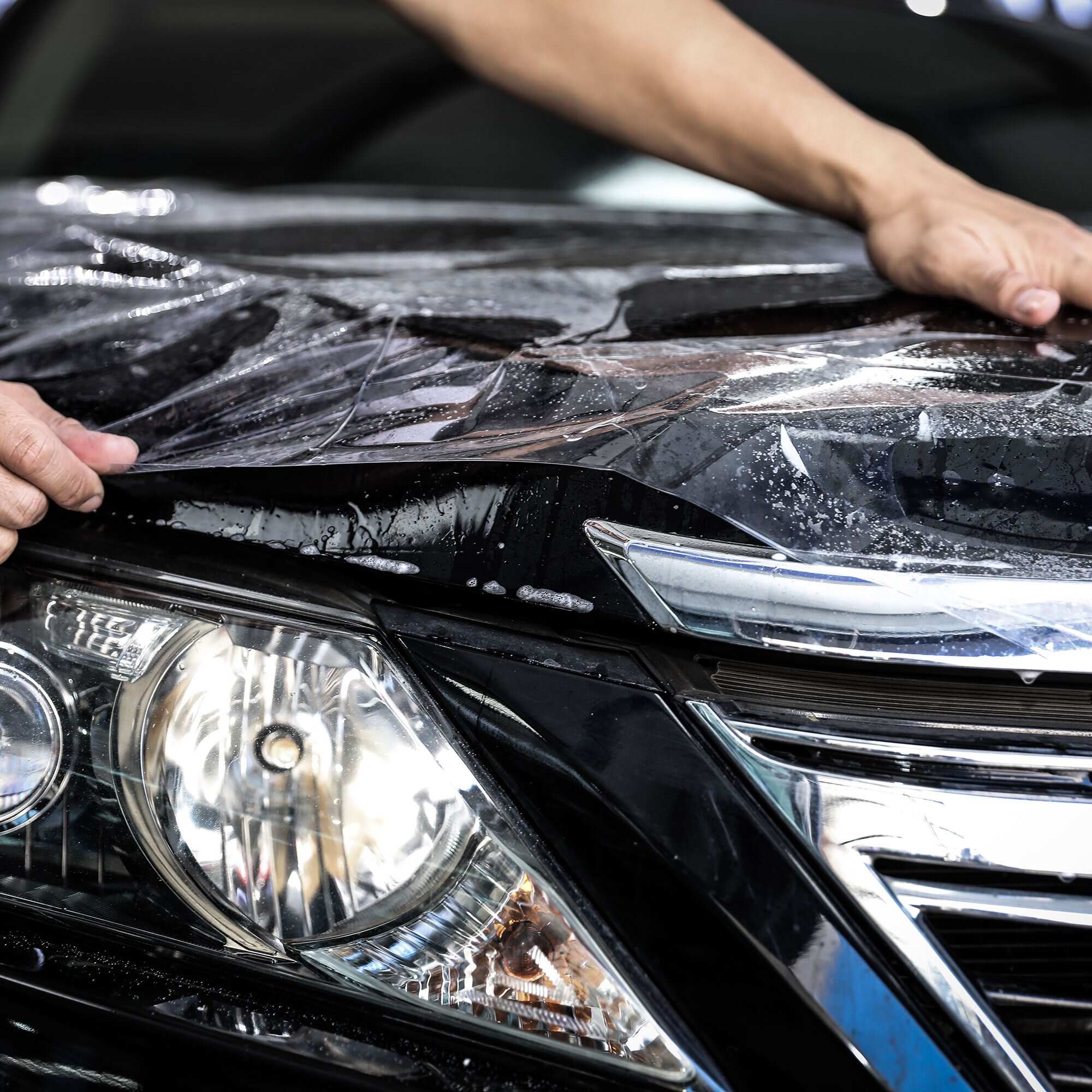Email cannot be empty
Password cannot be empty
Email format error
Email cannot be empty
Email already exists
6-20 characters(letters plus numbers only)
The password is inconsistent
Email format error
Email cannot be empty
Email does not exist
6-20 characters(letters plus numbers only)
The password is inconsistent


TPU vs TPH Paint Protection Film: The Ultimate Showdown for Vehicle Protection
In the automotive protection landscape, Paint Protection Film (PPF) has become essential armor for vehicle exteriors. Two materials dominate this protective battlefield: Thermoplastic Polyurethane (TPU) and Thermoplastic Hybrid (TPH). This comprehensive guide examines their differences, strengths, and ideal applications to help car owners make informed decisions.
TPU Paint Protection Film: The Gold Standard
Revolutionary Material Science
TPU represents the pinnacle of PPF technology, developed to overcome limitations of earlier materials like PVC. Its unique molecular structure combines:
Elastic polymer chains for exceptional flexibility
Thermoplastic properties enabling heat-activated self-healing
UV-resistant chemical composition
Unmatched Performance Characteristics
TPU PPF excels in multiple protection categories:
Impact Resistance: Absorbs stone chips at highway speeds
Environmental Protection: Blocks 98% of UV radiation
Longevity: Maintains clarity for 5-10 years
Surface Preservation: Non-yellowing, non-cracking formulation
TPH Film: The Budget Alternative
While TPH (Thermoplastic Hybrid) improves upon traditional PVC films, it carries inherent limitations:
Material Composition
PVC-based polymer matrix
Plasticizer-enhanced flexibility
Chemical stabilizers for UV resistance
Performance Comparison
Feature
TPU PPF
TPH PPF
Self-Healing Capability
Yes (Heat-activated)
Limited
Expected Lifespan
7-10 years
3-5 years
Installation Complexity
Easy
Requires Professional
Critical Performance Differences
1. Surface Elasticity & Conformability
TPU's superior flexibility enables perfect contouring to complex curves and edges without requiring heat guns during installation. This molecular elasticity also allows the film to "bounce back" from minor impacts that would permanently dent TPH films.
2. Chemical Resistance
Independent testing shows TPU withstands:
Gasoline spills
Bird droppings
Road salt
Tree sap
TPH demonstrates vulnerability to petroleum-based substances and acidic contaminants.
3. Thermal Stability
TPU maintains performance across extreme temperatures (-40°F to 300°F), while TPH begins degrading above 200°F - a critical factor for vehicles parked in direct sunlight.
Installation & Maintenance Considerations
Professional Installation Benefits
Warranty validation
Precision cutting
Contamination-free application
Maintenance Best Practices
Use pH-neutral car shampoo
Avoid abrasive cleaners
Apply PPF-specific sealant quarterly
Cost-Benefit Analysis
While TPU carries 20-30% higher initial cost than TPH, its extended lifespan and superior protection translate to better long-term value:
Reduced repaint needs
Higher resale value preservation
Lower maintenance costs
Frequently Asked Questions
Does TPU affect paint color?
High-quality TPU films maintain 98% color accuracy with optical clarity rivaling glass.
Can PPF be applied over existing damage?
Professional detailers recommend paint correction before PPF installation for optimal results.
How does climate affect PPF choice?
TPU's thermal stability makes it ideal for extreme climates, while TPH may degrade faster in desert or arctic conditions.
Conclusion: Making the Smart Choice
While TPH serves as an entry-level option, TPU paint protection film delivers unmatched performance for discerning car owners. Its advanced material science provides comprehensive defense against environmental and mechanical hazards, preserving your vehicle's showroom finish for years. For maximum protection and value, TPU emerges as the clear winner in automotive surface protection technology.

